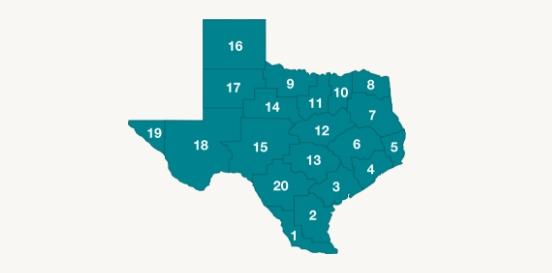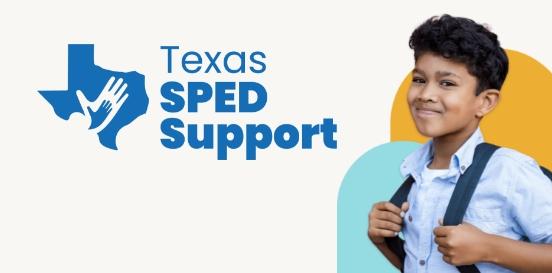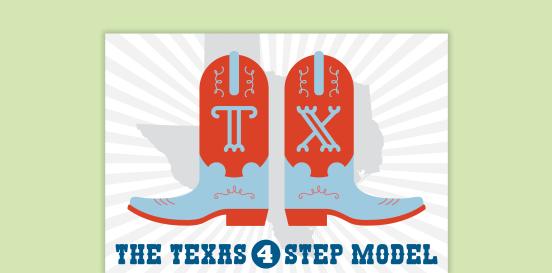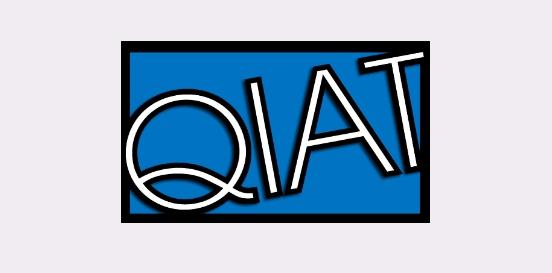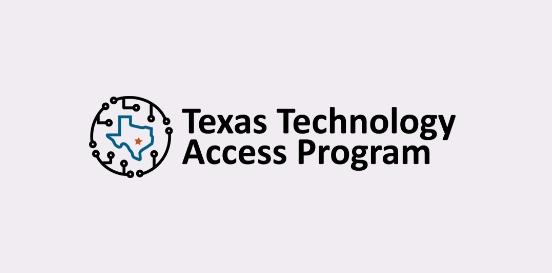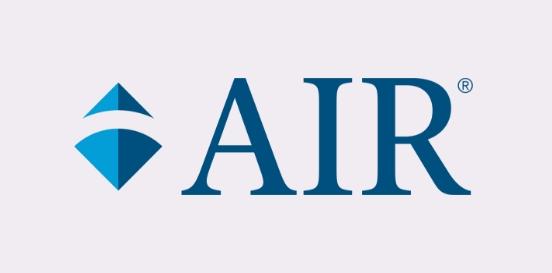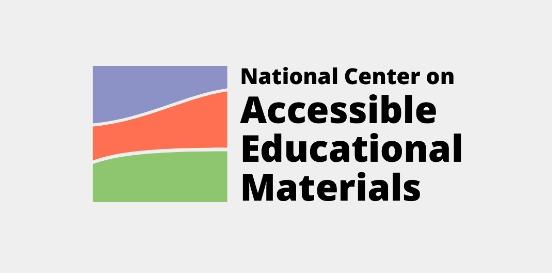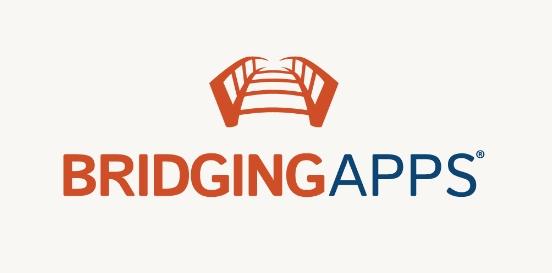Digital Voice Recorder
A digital device used to record lectures, conversations, and sound to use at a later time. They can be stand-alone digital recorders or apps for smartphones, tablets, or computers.
Considerations
Take the following considerations into account when selecting and implementing AT to ensure that the chosen tools are well-suited to the student’s needs, align with their goals, and seamlessly integrate into their educational journey. By embracing a collaborative approach and considering the specific skills, tasks, and implementation context, educators can provide students with the necessary support to thrive academically and functionally, promoting inclusivity and fostering their overall success.
Skills and Tasks What skills or tasks will the student utilize this tool for? What areas, functional or academic, does this tool support?
- Note-taking
- Communication
Implementation Context In what activities, classes, or environments will the student utilize this tool?
A digital voice recorder can be a highly effective assistive technology tool, including but not limited to supporting students with visual impairments, fine motor difficulties, memory impairments and cognitive disabilities in various ways:
- Note-taking: Students with disabilities such as dysgraphia, fine motor difficulties, or physical disabilities may struggle with traditional note-taking methods. Digital voice recorders allow them to record lectures, class discussions, or their own thoughts without the need for writing or typing.
- Study aid: Voice recordings can serve as study aids, allowing students to listen to important information repeatedly to reinforce their understanding and memorization of key concepts.
- Organization: Digital voice recorders often come with features for organizing recordings into folders or categories. Students with visual impairments can use these features to categorize recordings by subject, class, or topic, making it easier to navigate through their recordings.
- Accessibility: Many digital voice recorders come with accessible interfaces and tactile buttons, making them easier for students with visual impairments to operate independently.
- Assessment support: Students can use voice recorders to record oral presentations or interviews, allowing teachers to assess their speaking and communication skills without the need for written materials.
- Independent learning: Voice recorders empower students with visual impairments to engage in independent learning activities outside of the classroom, such as recording themselves practicing speeches, presentations, or language exercises.
- Collaboration: Voice recordings can facilitate collaboration among students with visual impairments by allowing them to record and share ideas, discussions, and group projects with each other.
- Memory aid: Students with cognitive disabilities, ADHD, or memory impairments may benefit from using voice recorders to capture important information or reminders. They can record instructions, reminders, or key points to review later, helping them retain information more effectively.
- Self-monitoring and reflection: Voice recording technology enables students to monitor their own speech, pronunciation, or fluency, which can be particularly beneficial for students with speech or language impairments. They can listen to recordings of themselves speaking and identify areas for improvement.
